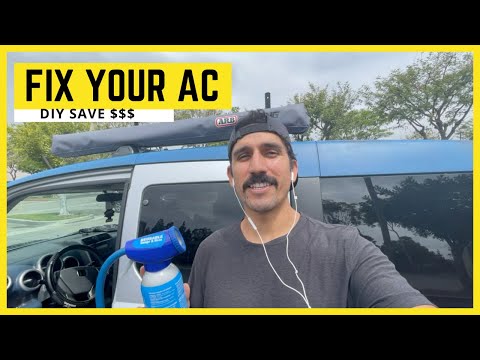You might have set the AC in your Honda Element to the maximum position, but the AC isn’t blowing cool air into the cabin. This can be a nightmare in warm weather. Knowing why the AC isn’t working and how to fix it is crucial.
So, why is your Honda Element AC not working?
- A faulty compressor
- Too low or too high refrigerant
- Dirty air filters or condenser coils
- A faulty blower motor, etc., can cause the Honda Element AC to stop working. There can be some other minor reasons too.
Learn how to diagnose the reasons behind the problem and solve them efficiently.
Honda Element AC Not Working: Causes and Solutions

Here is a list of common problems related to your Honda Element AC with the solutions. Check them out.
1. The Compressor Is Faulty
The compressor pumps refrigerant and converts it from gas to liquid to keep the AC working. It typically lasts for a long time if you lubricate the compressor properly.
- If the lubricant isn’t enough, compressor components will wear faster, and the compressor will stop working.
- However, adding too much lubricant to the refrigerant can also cause the compressor to malfunction.
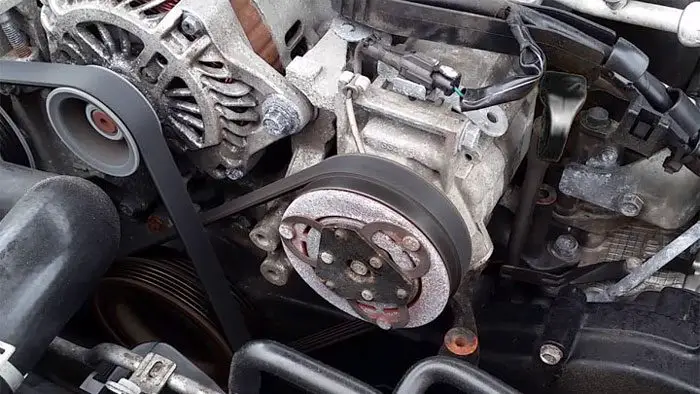
How to Fix the Problem?
If the compressor goes bad, you need to replace it. A new compressor will cost about $1,000, and the labor cost will be $200-$300.
2. Refrigerant Level Is Too Low
Refrigerants are used in AC compressors to reduce the air temperature. R134a is the most common refrigerant in modern vehicles.
If the amount of refrigerant is much lower than the suggested level, the AC in your Honda Element won’t work properly. And the refrigerant level can drop for two reasons.
- There can be some imperfections in the AC system of your car, which causes the refrigerant level to drop over time.
- Sometimes, leaks can develop in the system that will lower the refrigerant level much faster.
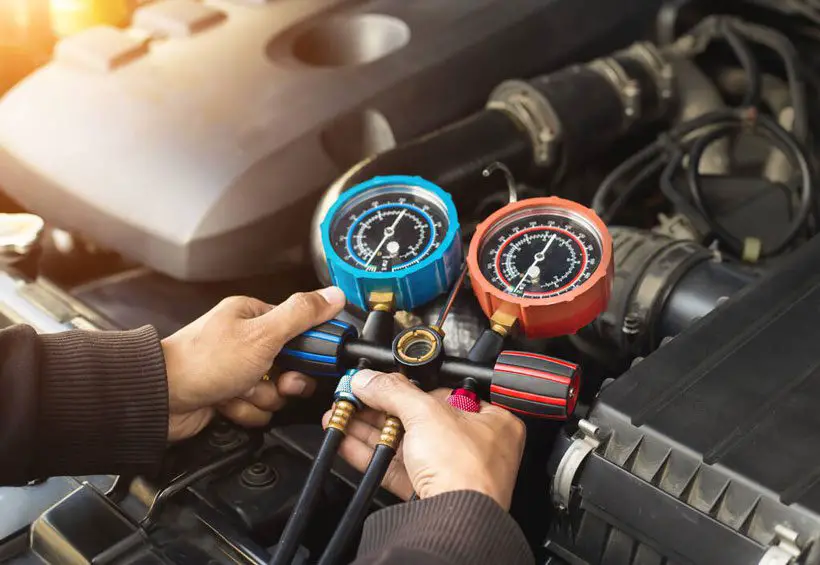
How to Fix the Problem?
In both cases, if the refrigerant level is low, follow the process to fix it.
- If the refrigerant level is low due to leaks in the O-ring or condenser core, you need to fix the leaks first. But it is difficult for someone with no professional experience. Take your vehicle to a repair shop and get the leaks fixed. It will cost about $100-$200 to fix the leak.
- Then, you need to recharge the refrigerant in your AC system. AC recharge kits are available for about $200.
- Open the low-pressure port of the AC system under the hood and connect the recharge kit to that port.
- Press the trigger on the can and check the pressure gauge. Keep filling the refrigerant until the pressure reaches the recommended level.
Watch this video to get more help:
3. Refrigerant Pressure Is Too High
You might have solved the low refrigerant problem. But if you recharge the system with too much refrigerant, it won’t work properly if the refrigerant pressure is too high. Even if you have recharged at the right pressure, the temperature outside can cause the pressure to rise.
For example, the pressure of the refrigerant can be around 40 psi at 70℉, but it will rise up to 55 psi at 110℉.
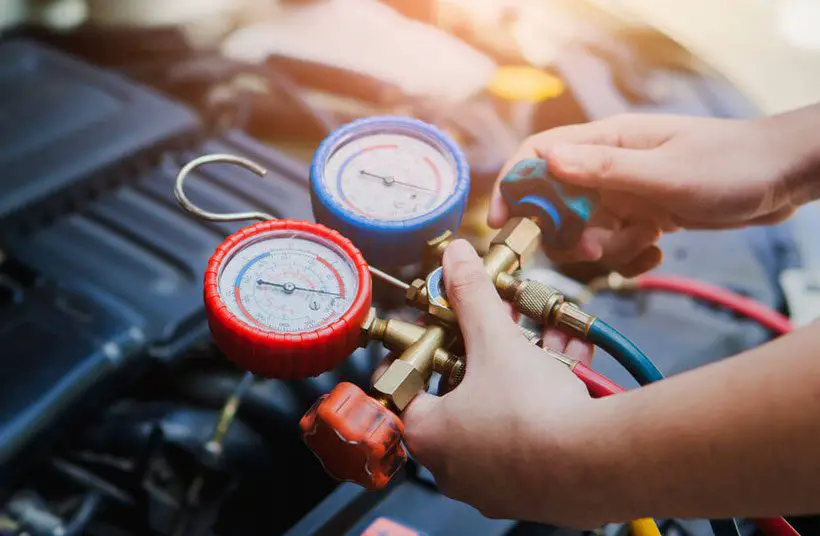
How to Fix the Problem?
- Take an AC pressure gauge and connect it to the low-pressure port under the hood. The port cap will have an L on it to indicate that it is a low-pressure port.
- If the refrigerant pressure is too high, use an AC recovery kit to remove some refrigerant from the system. Connect the kit to the low-pressure port under the hood.
- Press the trigger to soak out some of the refrigerants. It will drop the excess pressure. Continue pressing the trigger until the pressure is normal on the gauge.
4. Cabin Air Filter Is Dirty
The cool air from the AC system gets past the cabin air filter before reaching the cabin. If the filter is dirty, less cool air will enter the cabin. And you won’t receive any cool air if the air filter is clogged. The fuel consumption will also increase as a dirty or clogged filter will put more stress on the system.
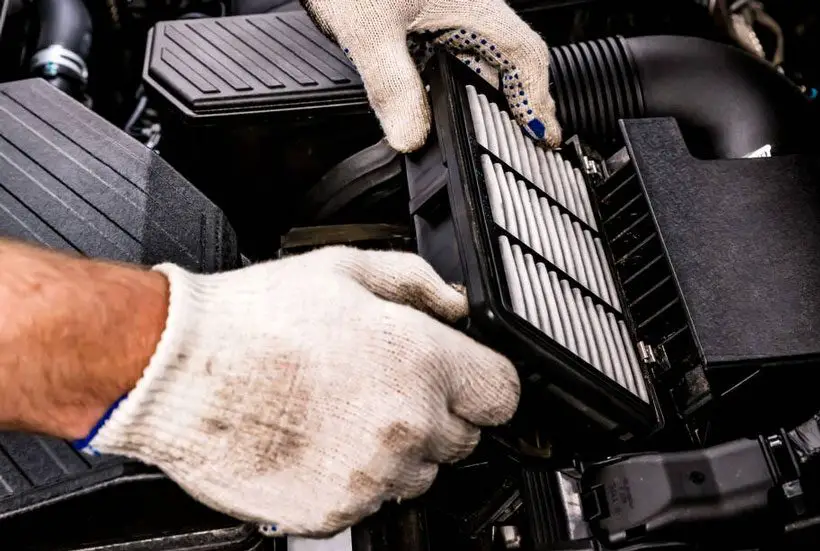
How to Fix the Problem?
- If the cabin air filter is slightly dirty, you can try cleaning it with an air blower.
- Use compressed air to blow all the dust from the filter.
- In some cases, the air filter may be too dirty to clean. It is recommended to change the filter after 10,000 miles. The air filter will cost about $30, and the labor charge for replacement will be about $25-$30.
5. Dirty Condenser or Evaporator Coil
Condenser and Evaporator coils are crucial components of the AC system in your Honda Element. Dirt and grime can accumulate on these coils, resulting in less performance of the system.
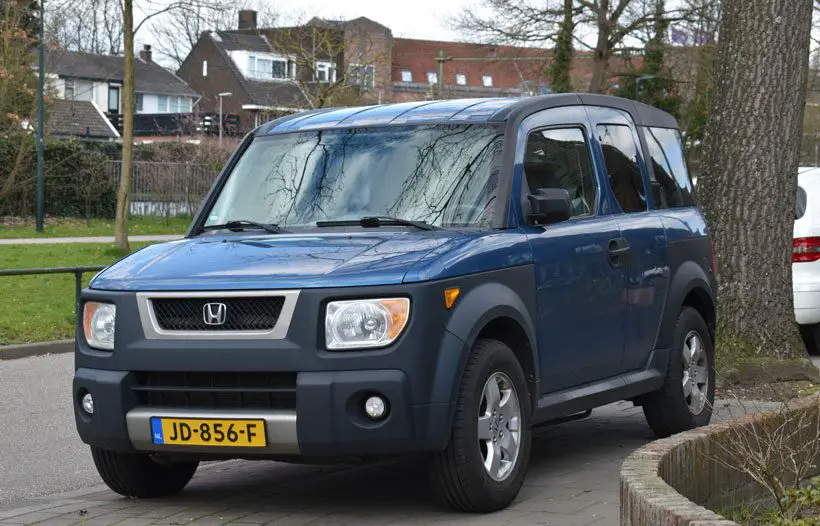
How to Fix the Problem?
Cleaning the condenser is much easier as it sits behind the front bumper.
- Remove the bumper and take the condenser out.
- Use a low-pressure washer to clean the condenser.
- Sometimes, the condenser fan can stop working. Use this technique to solve the problem.
The evaporator is positioned behind the dashboard. So, it might be challenging for you to clean the evaporator. Take your vehicle to a repair shop to clean the evaporator, and it might cost about $150-$250.
6. The Blower Motor Is Faulty
The blower motor blows cool air into the cabin and can get dirty over time. When the fins are too dirty, the airflow will be lower than usual. Too much dirt on the fins can cause the motor to wobble or stop spinning. There can also be problems with the control module of the blower motor.
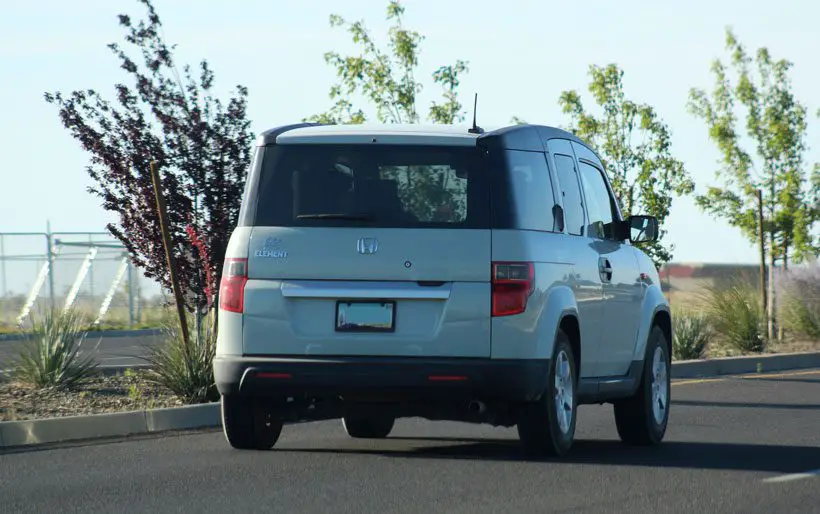
How to Fix the Problem?
- To clean the blower motor, you need to remove the dashboard.
- Take a torque wrench and remove the screws beneath the dashboard that hold the dashboard in place. Then, loosen the dashboard assembly carefully so that you don’t disconnect any wires.
- Use a medium-bristle brush to clean all dirt from the fins.
- But if the motor is faulty, replace it with a new motor. It might cost about $200 to replace the motor with labor costs.
If the AC performance is still low after solving all the problems, you can restore AC performance.
If you’re interested in learning how to reset the oil life on a Honda Civic, we have a helpful guide on how to reset the oil life on a Honda Civic. Additionally, if you’re experiencing issues with the AC in a Honda Odyssey, we have an article specifically addressing that topic. You can find more information on Honda Odyssey AC not working and discover potential causes and solutions for AC problems in a Honda Odyssey.FAQs
Check answers to some commonly asked questions about faulty AC on Honda Element.
A: If the AC system seems to run and blow normal air, the refrigerant level may be too low. Recharge the AC system with refrigerant to solve this problem. But if AC blows warm and cold air intermittently, check this solution.
A: Though it sounds like an exaggeration, dirty air filters can cause the AC system in your Honda Element to stop working.
A: Hang a white paper in front of your AC vents for a few hours. It should be about five inches from the vents. Keep the AC running and check the paper after a few hours. If the paper becomes dirty, it means the air filter is dirty.
Conclusion
The AC system on your Honda Element or any other vehicle must work properly whenever you travel in warm weather. But the system can stop working for several reasons. You should know the reasons and their fixes to get the system back into work.
A faulty AC compressor, too low or too high refrigerant, dirty air filters, dirty evaporator and condenser coils, faulty blower motor, etc., can be the reason behind your Honda Element AC not working. Check the solutions we provided here and try fixing the problem on your own.

